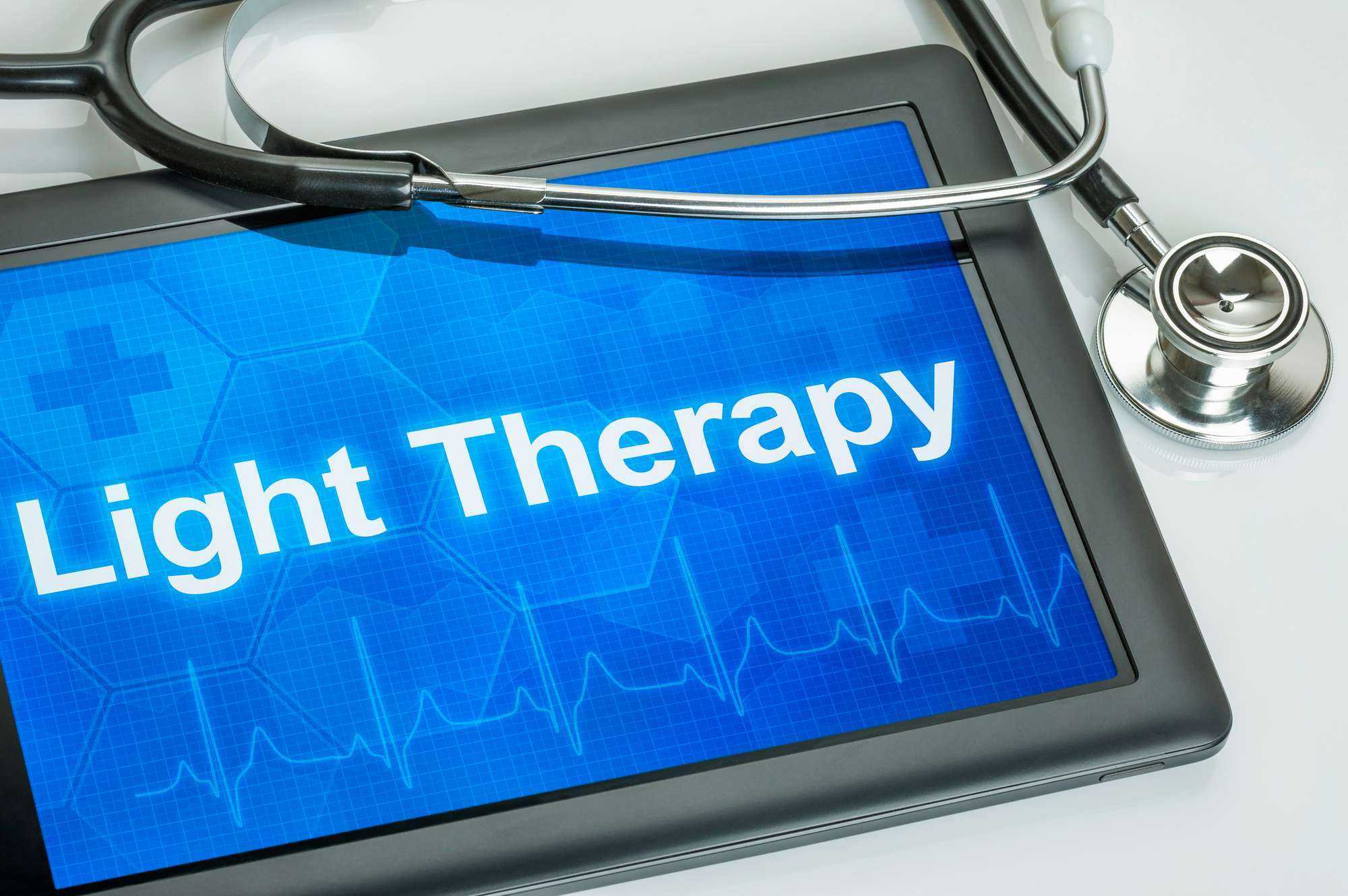BY W. GIFFORD- JONES MD & DIANA GIFFORD-JONES
What would you do if you sprained your ankle during the COVID-19 pandemic? Or, what if you got a bad cut? You may feel that the last place you want to visit these days is a hospital. But do you have options? Maybe it’s time to learn more about light therapy. It’s sometimes called low-level laser therapy or low-intensity light therapy. And with one of the many portable devices available on the market, you can safely treat yourself at home. So, what should you know about this therapy as you get older and invariably develop various aches, pains, injuries and infections?
Dr. Mary Dyson, Emeritus, Professor at King’s College (University of London, England), is an international expert on wound healing. She reports that light therapy provides a jump-start to the body’s natural healing process, delivering energy that’s transformed into biochemical energy. The end result is increased blood supply and accelerated healing.
Dr. Tina Karu, Professor of Laser Biology and Medicine of the Russian Academy of Science in Moscow, is an expert on basic laser research. She too has published articles about the positive healing qualities of laser therapy.
Dr. Fred Kahn, Director of the Meditech Laser and Rehabilitation Centre in Toronto, explains that light therapy triggers the release of endorphins, morphine-like substances that inhibit pain sensation. It also increases cortisol, the forerunner of cortisone, and angiogenesis, and the formation of new blood vessels.
Kahn says many medical conditions benefit from this therapy. The majority of his patients suffer degenerative arthritis involving the lumbosacral spine. And 60% of these patients also have degenerative disc disease causing compression of the spinal nerves.
Kahn adds that over the last 20 years he has treated hundreds of patients suffering from pain due to spinal disc disease. Many of these patients had previous back surgery or were scheduled for an operation. By using light therapy, he has been able to relieve their pain in a high percentage of cases.
Another large number of patients suffer from a variety of sport injuries. Others complain of pain in the shoulder and neck due to long hours of working at the computer. These younger patients respond quickly to light therapy.
But light therapy treats more than aches and pains. It helps several skin conditions such as psoriasis, allergic contact dermatitis, acne, ringworm, impetigo, herpes lesions and warts, many of which fade away after 5 to 10 treatments.
The current epidemic of diabetes is causing more patients to suffer from chronic leg and foot ulcers due to decreased blood supply. Conventional medical treatments often involve compression, which requires months for the healing to occur, and pain medications become the common prescription for coping. Infected ulcers can require antibiotics. But light therapy can have a dramatic effect on healing these ulcers. A study published in the Journal of Dermatological Treatment reported an average 83% improvement from light therapy, with no side effects.
At times, patients are informed of only their “medical” options. Few are told about the restorative potential of light therapy. Why? Because schools of medicine around the world have neglected to train physicians in integrative health practices that draw on nature’s many wonders. Light therapy is a natural approach to muscle injuries, cuts and wounds, ulcers, and other ailments. It does not require prescription painkillers and is a non-invasive treatment. Today, any treatment that reduces the use of painkillers is a step in the right direction.
During our lifetime it’s hard to escape life’s aches, pains, injuries, infections and aging joints. Even without a viral epidemic it’s convenient to have a light therapy home unit on hand for use as needed it. Several types are available, some more expensive than others depending on the quality.
Stay in the loop with exclusive news, stories, and insights—delivered straight to your inbox. No fluff, just real content that matters. Sign up today!
Chiropractic and men’s health
Dr. W. Gifford-Jones, MD is a graduate of the University of Toronto and the Harvard Medical School. He trained in general surgery at Strong Memorial Hospital, University of Rochester, Montreal General Hospital, McGill University and in Gynecology at Harvard. His storied medical career began as a general practitioner, ship’s surgeon, and hotel doctor. For more than 40 years, he specialized in gynecology, devoting his practice to the formative issues of women’s health. In 1975, he launched his weekly medical column that has been published by national and local Canadian and U.S. newspapers. Today, the readership remains over seven million. His advice contains a solid dose of common sense and he never sits on the fence with controversial issues. He is the author of nine books including, “The Healthy Barmaid”, his autobiography “You’re Going To Do What?”, “What I Learned as a Medical Journalist”, and “90+ How I Got There!” Many years ago, he was successful in a fight to legalize heroin to help ease the pain of terminal cancer patients. His foundation at that time donated $500,000 to establish the Gifford-Jones Professorship in Pain Control and Palliative Care at the University of Toronto Medical School. At 93 years of age he rappelled from the top of Toronto’s City Hall (30 stories) to raise funds for children with a life-threatening disease through the Make-a-Wish Foundation. Diana Gifford-Jones, the daughter of W. Gifford-Jones, MD, Diana has extensive global experience in health and healthcare policy. Diana is Special Advisor with The Aga Khan University, which operates 2 quaternary care hospitals and numerous secondary hospitals, medical centres, pharmacies, and laboratories in South Asia and Africa. She worked for ten years in the Human Development sectors at the World Bank, including health policy and economics, nutrition, and population health. For over a decade at The Conference Board of Canada, she managed four health-related executive networks, including the Roundtable on Socio-Economic Determinants of Health, the Centre for Chronic Disease Prevention and Management, the Canadian Centre for Environmental Health, and the Centre for Health System Design and Management. Her master’s degree in public policy at Harvard University’s Kennedy School of Government included coursework at Harvard Medical School. She is also a graduate of Wellesley College. She has extensive experience with Canadian universities, including at Carleton University, where she was the Executive Director of the Global Academy. She lived and worked in Japan for four years and speaks Japanese fluently. Diana has the designation as a certified Chartered Director from The Directors College, a joint venture of The Conference Board of Canada and McMaster University. She has recently published a book on the natural health philosophy of W. Gifford-Jones, called No Nonsense Health – Naturally!












